PROTECT YOUR DNA WITH QUANTUM TECHNOLOGY
Orgo-Life the new way to the future Advertising by AdpathwayChung-Ang University Researchers Develop Interlayer Material for Lithium-Sulfur Batteries
The proposed technology is expected to pave the way for high-performance and safe batteries, accelerating the transition to clean energy
Carbon-supported single-atom catalysts with metal-N moieties are highly promising for lithium-sulfur batteries. They can enhance redox kinetics and suppress the dissolution of lithium polysulfides. However, carbon substrate structure optimization and catalyst coordination environment modulation must be done simultaneously to maximize the potential of these catalysts.
Taking on this challenge, a team of researchers led by two Associate Professors from Chung-Ang University—Seung-Keun Park from the Department of Advanced Materials Engineering and Inho Nam from the Department of Chemical Engineering—has demonstrated dual-level engineering of metal-organic framework (MOF)-derived hierarchical porous carbon nanofibers with low-coordinated cobalt single-atom catalysts for high-performance lithium-sulfur batteries. Their novel findings were made available online and published in Advanced Fiber Materials on 24 September 2025.
Dr. Park reveals the motivation behind their research. "Our motivation lies in addressing the fundamental materials challenges that have limited the development of next-generation energy storage systems. Lithium-ion batteries have been widely adopted but are approaching their intrinsic energy density limits. Lithium sulfur batteries offer much higher theoretical capacity and energy density, yet they are severely restricted by the polysulfide shuttle effect, slow redox kinetics, and rapid capacity fading. Our group has long been committed to overcoming these bottlenecks by combining structural engineering of carbon frameworks with atomic-level catalyst design."
In this study, the researchers focused on embedding single cobalt atoms in a low-coordinated N3 environment within a porous carbon nanofiber network. This approach enhances the adsorption of lithium polysulfides and accelerates their redox reactions, thereby mitigating the shuttle effect and improving overall kinetics. Therefore, the present work supports the belief that rational materials design at both the macro and atomic levels can solve long-standing challenges.
From a materials perspective, the proposed dual-level engineering strategy integrates a hierarchical porous carbon nanofiber structure with atomically dispersed cobalt single-atom sites in a low-coordinated N3 configuration. The carbon nanofiber provides mechanical stability, abundant pore channels, and excellent electrolyte wettability, while the cobalt sites catalyze the adsorption and conversion of polysulfides. This synergistic design allows the battery to achieve high-capacity retention and superior rate performance over hundreds of cycles.
In the long term, the results of this study could contribute to the realization of high-performance lithium sulfur batteries for diverse real-life applications. These include electric vehicles with extended driving ranges, large-scale renewable energy storage systems that can balance intermittent solar and wind power, and lightweight, flexible power sources for portable and wearable electronics.
"Our material is free standing, binder free, and flexible. It can be directly applied as an interlayer in pouch cells and has been demonstrated to maintain mechanical integrity even under bending, while powering small devices," points out Dr. Nam, highlighting the immense practical implications of their work.
For society, such advances mean safer and more efficient batteries that accelerate the transition to clean energy. This can reduce dependence on critical raw materials, lower costs, decrease carbon emissions, and ultimately make sustainable technologies more reliable and accessible in everyday life.
Reference
Title of original paper: Dual-Level Engineering of MOF-Derived Hierarchical Porous Carbon Nanofibers with Low-Coordinated Cobalt Single-Atom Catalysts for High-Performance Lithium-Sulfur Batteries
Journal: Advanced Fiber Materials
DOI: https://doi.org/10.1007/s42765-025-00614-w
About Chung-Ang University
Website: https://neweng.cau.ac.kr/index.do
Featured Product
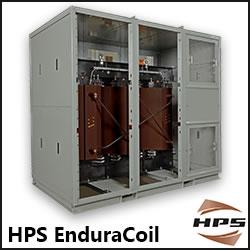
HPS EnduraCoilTM Cast Resin Medium Voltage Transformer
HPS EnduraCoil is a high-performance cast resin transformer designed for many demanding and diverse applications while minimizing both installation and maintenance costs. Coils are formed with mineral-filled epoxy, reinforced with fiberglass and cast to provide complete void-free resin impregnation throughout the entire insulation system. HPS EnduraCoil complies with the new NRCan 2019 and DOE 2016 efficiency regulations and is approved by both UL and CSA standards. It is also seismic qualified per IBC 2012/ASCE 7-10/CBC 2013. Cast resin transformers are self-extinguishing in the unlikely event of fire, environmentally friendly and offer greater resistance to short circuits. HPS also offers wide range of accessories for transformer protection and monitoring requirements.


.jpg) 16 hours ago
1
16 hours ago
1
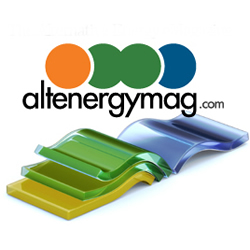
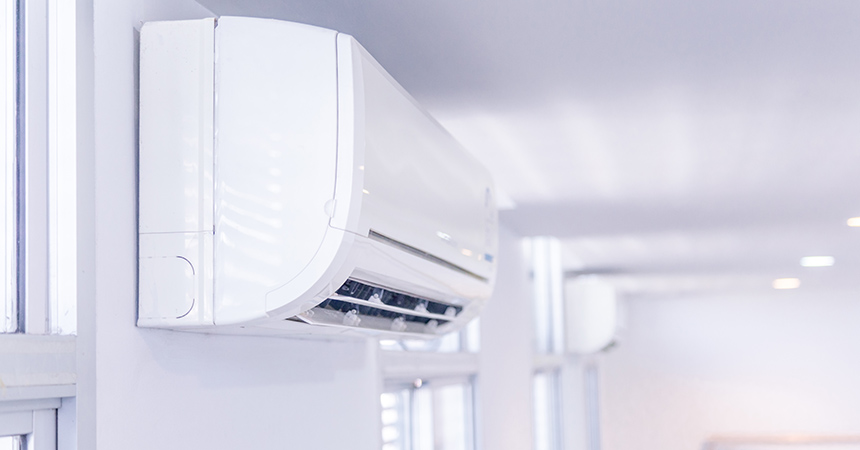

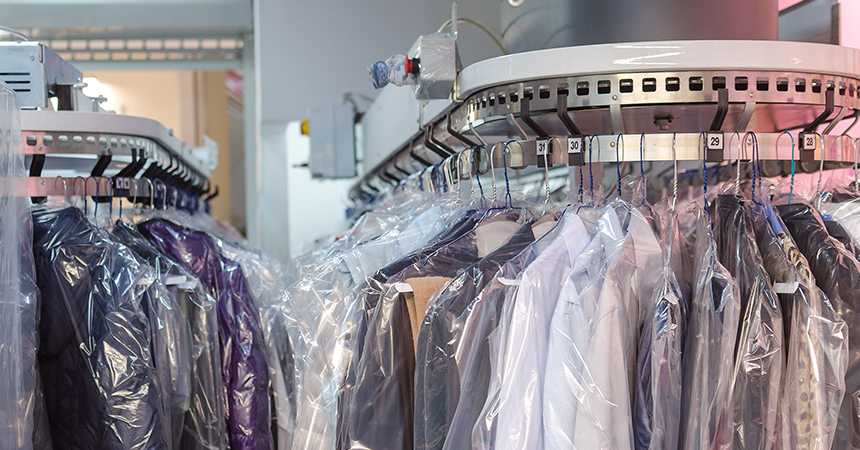




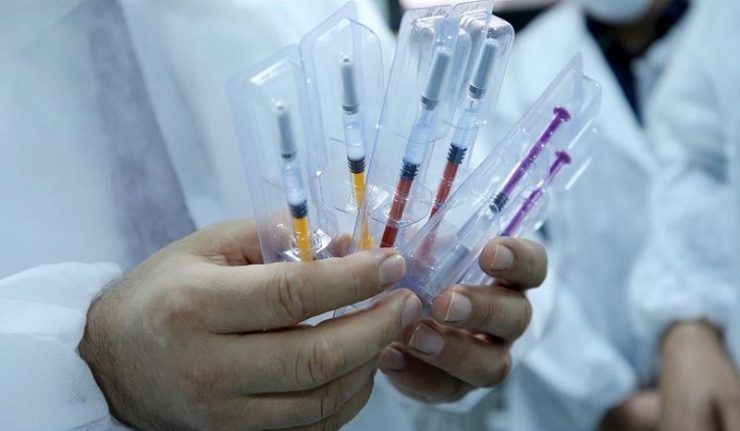
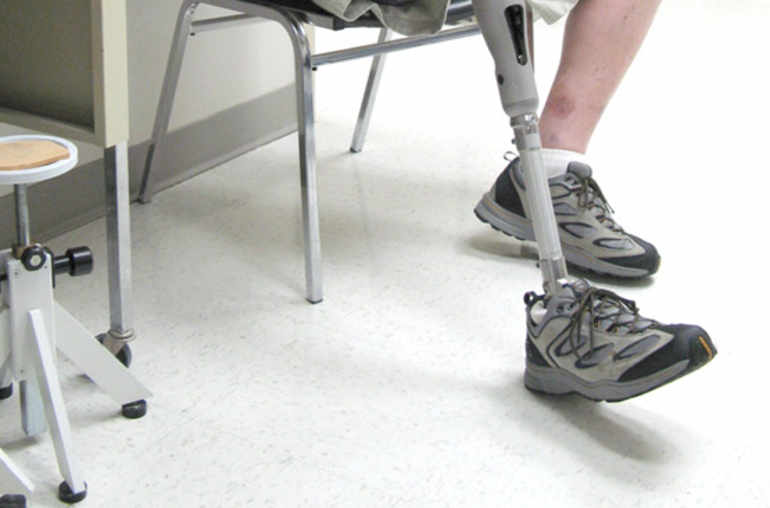
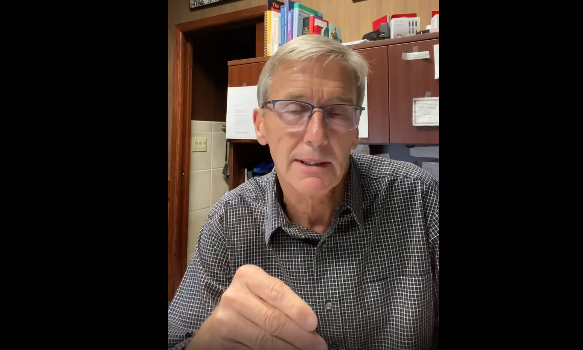



.jpg)


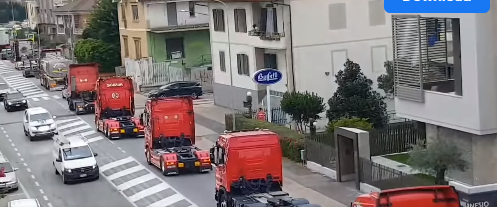



 English (US) ·
English (US) ·  French (CA) ·
French (CA) ·